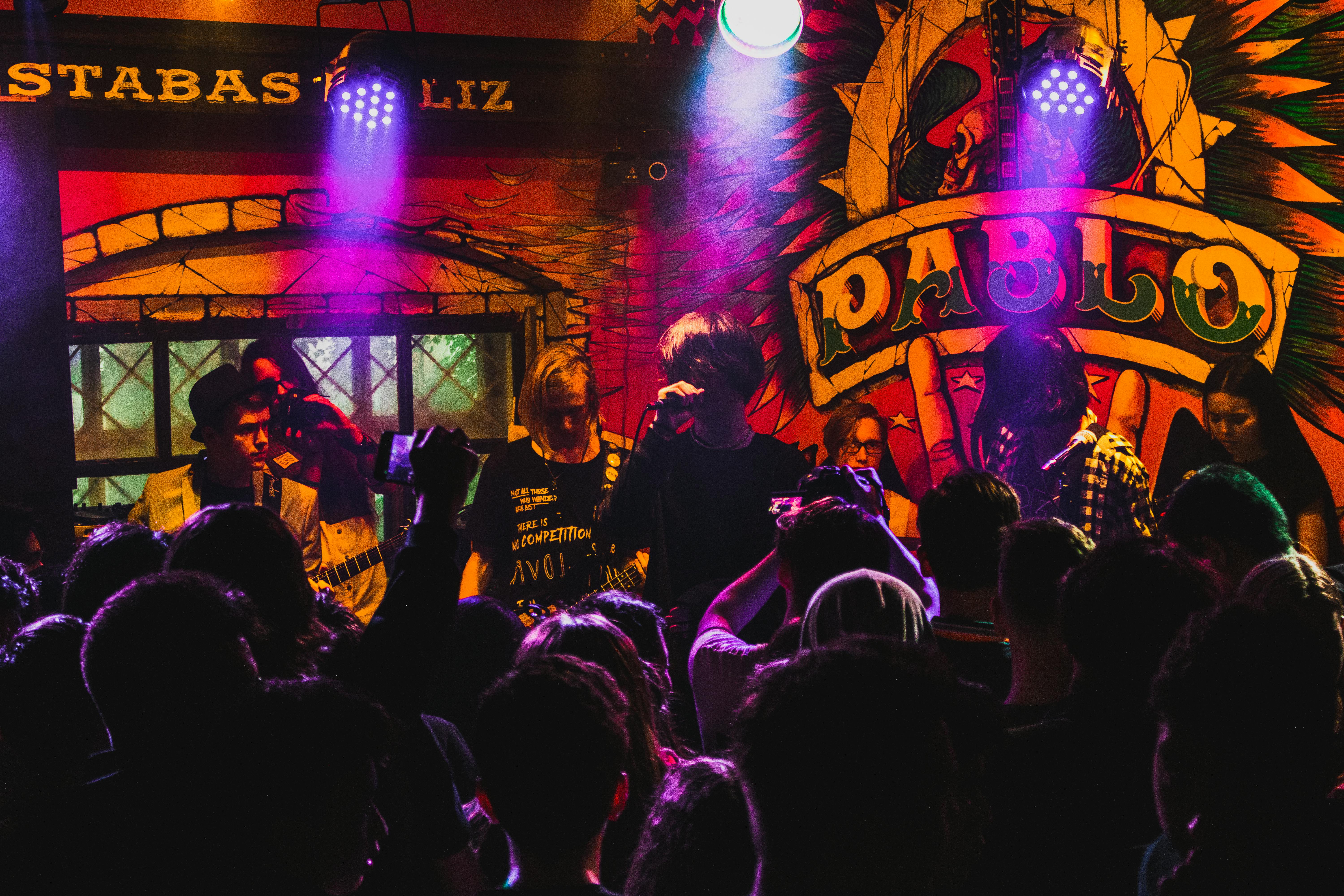
Effective Guide to the Live Action How to Train Your Dragon Cast in 2025
The much-anticipated live-action adaptation of How to Train Your Dragon is set to hit theaters in 2025, and excitement is building among fans of the franchise. As one of the most cherished animated films, it presents a thrilling challenge for the cast and crew involved in reimagining these beloved characters on the silver screen. In this guide, we will explore the How to Train Your Dragon cast, delving into the actors selected, their portrayals, and the unique adaptation process that transforms animation into live action. We'll also shed light on the film's production details, behind-the-scenes insights, and the creative decisions made by the director and producers, ensuring a comprehensive understanding of this cinematic project.
Fans can look forward to stunning performances that may bring a fresh perspective to classic characters. This guide aims to provide insights into the character development process, casting choices, and the industry's reception of this ambitious endeavor, ultimately setting the stage for what promises to be a remarkable film.
Key takeaways include an in-depth look at cast interviews, a discussion on character arcs, and an exploration of audience reactions to this live-action journey. As we unravel the intricate web of production notes and actor insights, we hope to heighten the anticipation for this essential family movie experience.
Introduction of the Main Characters
Understanding the main characters of the How to Train Your Dragon franchise is crucial for both new audiences and seasoned fans. The dragon trainer, Hiccup, and his trusty dragon, Toothless, form the heart of the story, showcasing themes of friendship and bravery. Adapting these characters for live action requires a deep exploration of their character development, ensuring their essence remains intact while providing new layers.
In casting the live-action adaptation, producers have meticulously selected actors who not only embody these characters but can also portray their emotional journeys effectively. For instance, the portrayal of Hiccup must resonate with both character arcs from the original animated series and bring a fresh depth to the character's challenges and triumphs.
In contrast, Toothless—a character valued for his iconic dragon characteristics—will be reimagined with cutting-edge special effects that stay true to his animated roots while making him come alive in a realistic setting. This balance of authenticity and innovation is critical in engaging audiences.
In upcoming sections, we will delve into how the casting process unfolded, including both voice actors from the animated series and new faces stepping into these legendary roles.

Behind the Scenes: The Casting Process
The casting process for the live-action How to Train Your Dragon has been a meticulous journey, emphasizing the importance of finding the right blend of talent. Producers have sought out character actors who can capture the charm of the original while appealing to current audience expectations.
Recent casting news indicates that the director aims for a lineup that reflects both established star power and emerging talent. Audiences can expect to see actors who bring genuine enthusiasm and passion for the franchise, reflecting a commitment to understanding their characters and the story's heart.
Actor selection often considers the history of previous performances and familiarity with studio aesthetics. This consideration has resulted in actors who are not only capable of delivering stunning performances but also resonate with the film's production timeline and overall vision.
Moreover, behind-the-camera insights reveal how creative choices regarding casting are made to align with the vision of storytelling. As we move forward, this exploration will cover how actor backgrounds play a significant role in character interpretations.
Actor Insights: Engaging with the Characters
To provide authentic portrayals, actors often engage in discussions with directors to delve deep into their characters' backgrounds and trajectories. This collaboration is essential in understanding the emotional landscape of the character development process, as actors infuse their interpretations with personal insights.
Interviews with cast members highlight how they prepared for their roles, employing methods tailored to embody the spirit of their characters. From voice coaching for those stepping into voice roles to physical preparation for their live-action counterparts, each actor handles their journey uniquely.
As the production unfolds, fans can anticipate how these character portrayals will influence the audience's connection to the story, leading to potentially memorable performances that honor the original animated essence.

Character Design and Adaptation Strategies
The transition from animation to live action involves a complex adaptation process that addresses numerous challenges. Character design must bridge the gap between two distinct forms of storytelling while maintaining fidelity to the original. Designers are tasked with creating realistic representations of creatures and characters that remain believable and authentic, particularly in a world filled with fantasy elements like dragons.
One of the challenges faced in this process is ensuring that character designs resonate with audiences who initially fell in love with the animated images. Insights from the creative team emphasize the careful balance required in this transformation, resulting in breathtaking visuals and emotionally resonant storytelling.
Furthermore, special effects play a significant role in bringing dragons to life. The integration of CGI and live-action interactions allows for innovative and immersive storytelling that can potentially redefine How to Train Your Dragon for a new generation.
This section sets the stage for discussing the innovative storytelling methods and storytelling mediums utilized in creating this adaptation, engaging both fans of the original material and newcomers alike.
Audience Reactions and Anticipation for Live Action
With the announcement of the live-action film, audience reactions have been mixed but largely optimistic. Many are excited to see how the live action versus animated approaches will differ and what unique touches this new vision will bring.
Fans eager for insight often turn to *social media* for casting updates and production progress, reflecting the shift in how audiences interact with film development. These platforms have enabled actors to share their experiences and challenges faced during filming, effectively creating a sense of community around the adaptation process.
This anticipation leads to discussions about potential box office performances and how the film might align with trends in family-friendly cinema. As we dive deeper into the production notes, our upcoming sections will provide clarity on how all these aspects come together to create a cinematic experience that resonates with audiences.
``` Its part of generated content. Can i generate another part?